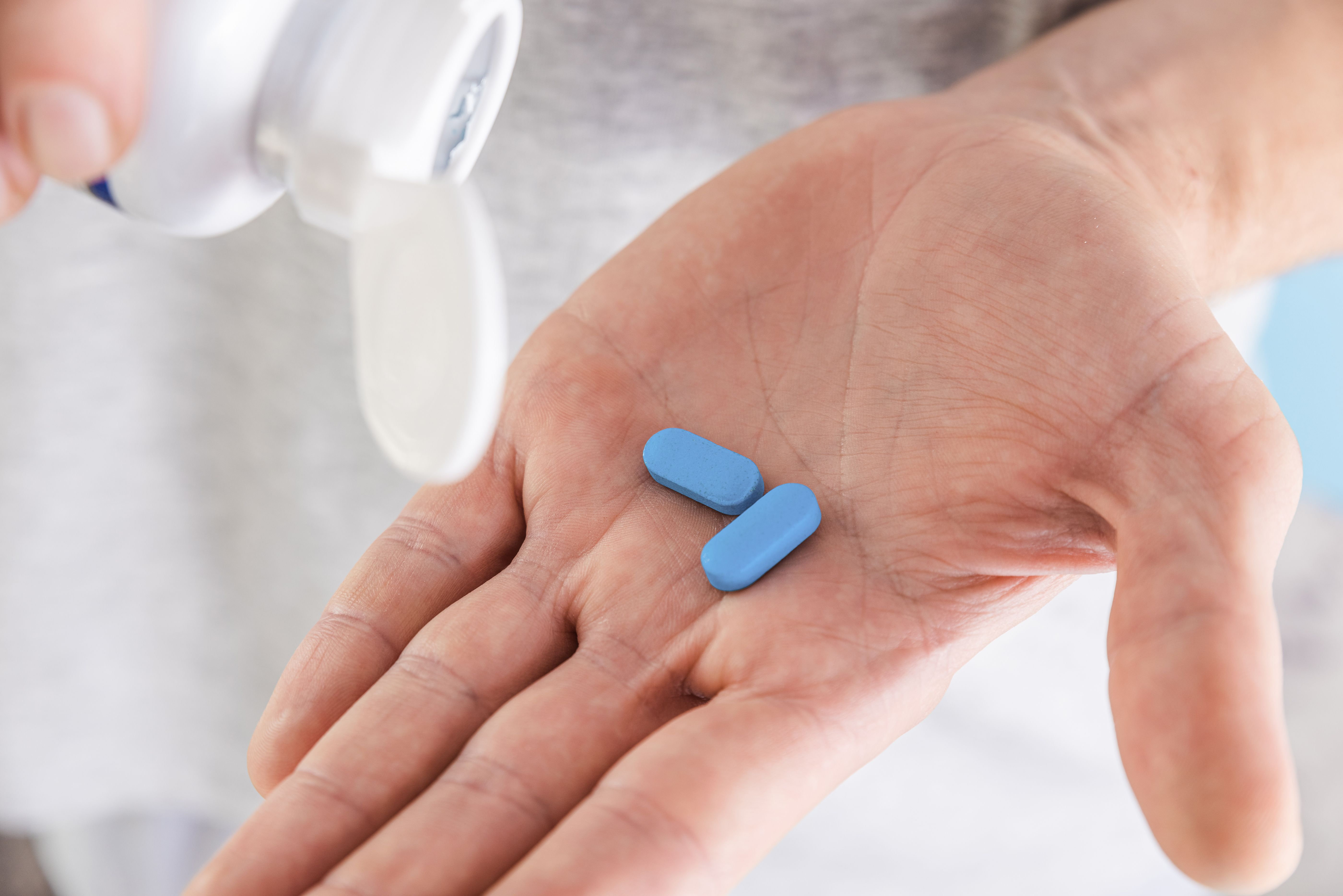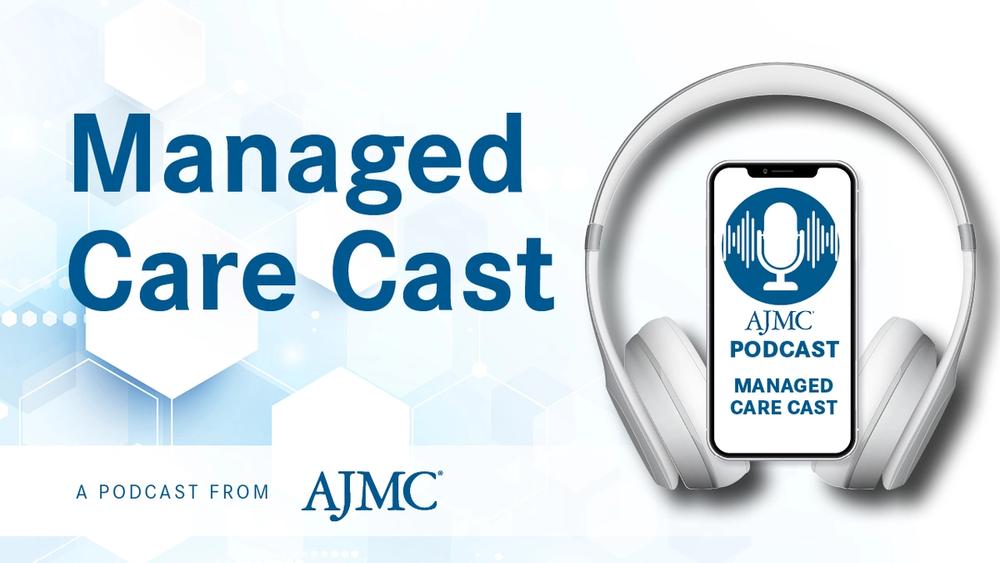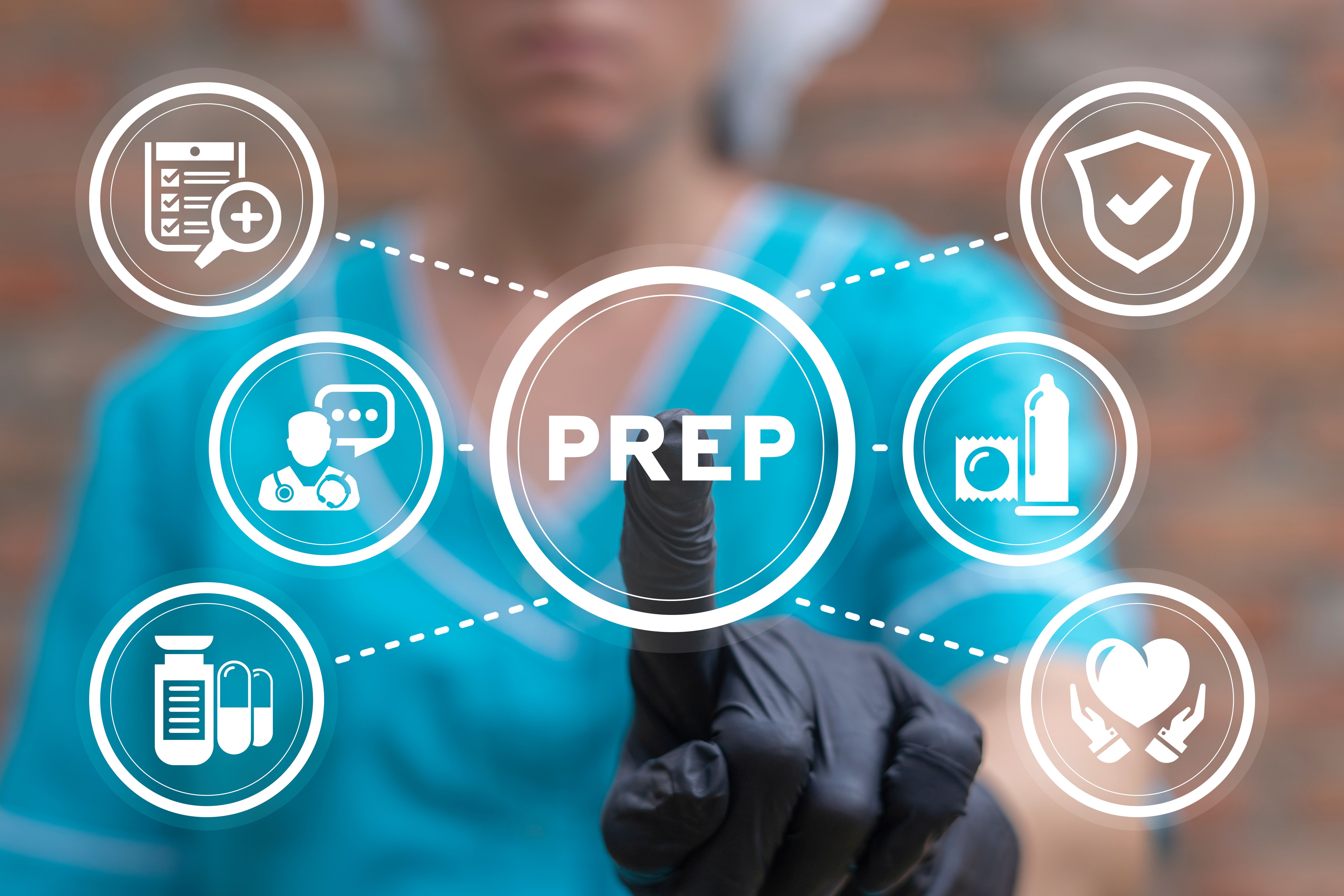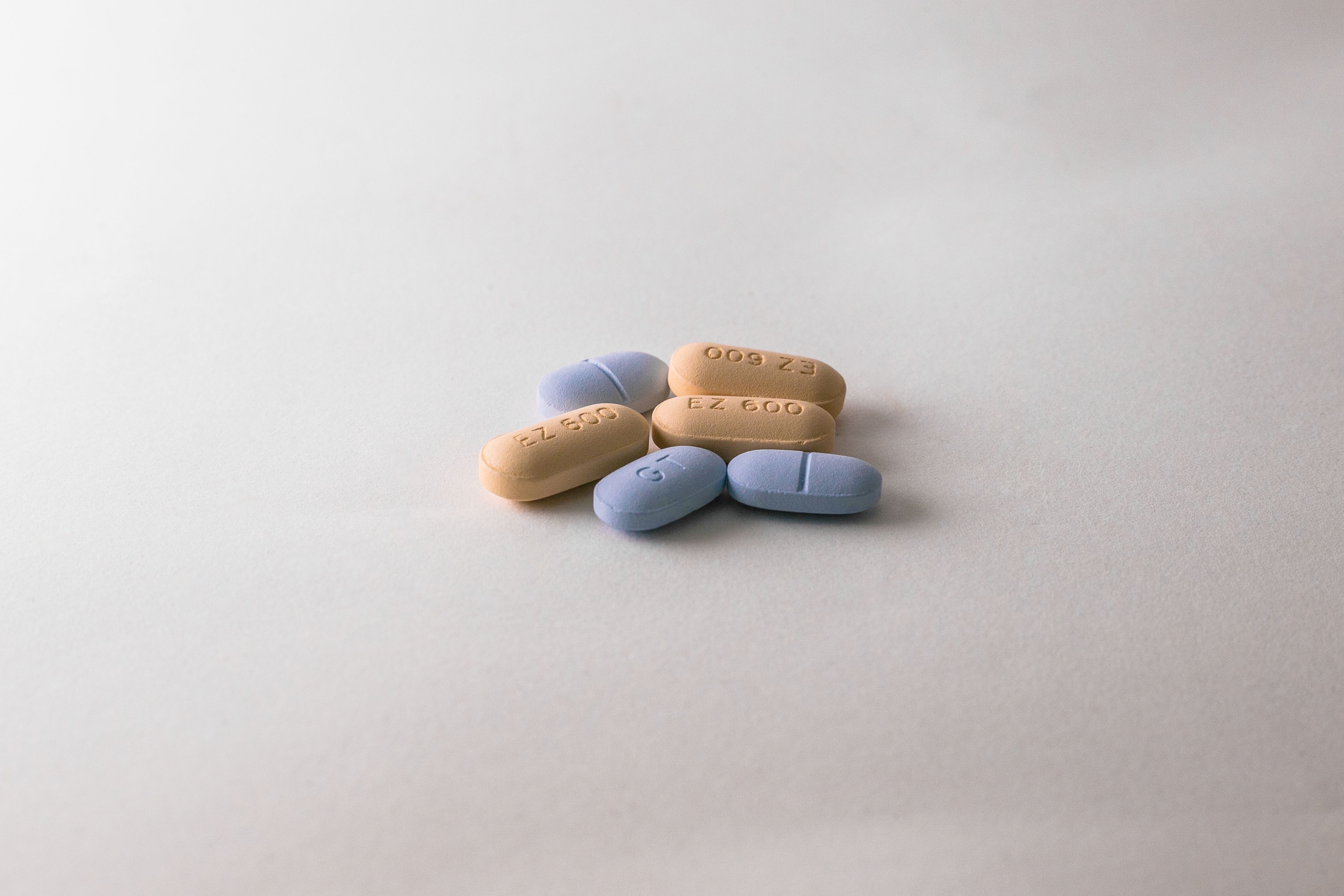News
Article
Knowledge of HIV Prophylaxis Low in Pharmacy Students
Author(s):
Key Takeaways
- Pharmacy students in the U.S. show limited knowledge of HIV prophylaxis, especially PEP, due to inadequate assessment tools.
- Pharmacists are pivotal in HIV prevention, but their knowledge of PrEP and PEP varies significantly.
Pharmacy students primarily in the US had a shortage of tools to assess knowledge specifically of prophylaxis in HIV care.
Education and knowledge regarding both HIV post-exposure prophylaxis (PEP) and pre-exposure prophylaxis (PrEP) was found to be lower in pharmacy students primarily located in the United States, according to a study published in the American Journal of Pharmaceutical Education.1 This may be due to a lack of assessment tools regarding PEP.
The HIV/AIDS epidemic continues to be a major global health concern, with efforts by the World Health Organization aiming to increase viral suppression and treatment in those living with the viral condition. Antiretroviral therapy (ART) has been a major breakthrough in the treatment of HIV and can prolong the lifespans of those living with HIV.2 With PrEP and PEP, patients can prevent HIV transmission. However, these treatments are not always available to vulnerable populations due to social and economic barriers along with prejudice. Pharmacists are able to test and prescribe medication for HIV in the United States and can ensure delivery to vulnerable communities. This review aimed to assess the knowledge that pharmacists have of all prophylaxic treatments for HIV.1
Knowledge of prophylaxis was varied among pharmacy students | Image credit: samael334 - stock.adobe.com

Studies considered for the review included those that evaluated pharmacy students’ knowledge of HIV prophylaxis. All studies were written in English, Spanish, or Portuguese. Exclusion criteria included studies not addressing a knowledge assessment, studies that focused only on practicing pharmacy professionals, or studies that did not include pharmacy students.
PubMed, Web of Science, Science Direct, Embase, Scopus, and Virtual Health Literacy were used to conduct a search through November of 2024. Google Scholar was also used to provide any grey literature. All studies underwent data extraction.
Eight studies were included in the review, of which 7 were from the United States and 1 was from Malaysia. A total of 1797 pharmacy students were included across the 8 studies. All studies were conducted between 2011 and 2022, and all studies lasted between 1 and 6 months.
Assessing pharmacy students' level of knowledge about prophylaxis was done differently in each study, with 1 tool being administered physically and 7 administered online. Likert scales of 5 or 7 points were the primary modes of assessment.
The lone study from Malaysia found that 18.6% of pharmacy students knew about PEP compared with 48.6% of medical students. These students also did not know that PEP is prescribed for injuries related to needles or other forms of exposure to HIV.
The studies conducted in the United States were slightly mixed. A total of 90% of pharmacy students in 1 study knew about PrEP but did not know where to get it or the cost of the medication. Another study found that pharmacy students had more knowledge and confidence with PrEP, specifically in prescription and counseling. Pharmacy students’ confidence with PrEP was found to increase in a study that administered an intervention that featured a targeted educational model. A fourth study found that there were gaps in knowledge surrounding prescribing guidelines and testing requirements in pharmacy students, though the overall knowledge of PrEP was high.
There were a few limitations to this study. Namely that there were a small number of studies included in this review, which led to a scarcity of studies that focused on PEP and studies that tracked knowledge of students over time. There was only 1 study that focused on an intervention that increased knowledge and decision-making for prophylaxis in pharmacy students.
The researchers concluded that future studies should be conducted to confirm the education level of pharmacy students when it comes to both PrEP and PEP. The researchers believe that future studies “should not only measure the current level of knowledge but also identify gaps in the academic training of these future professionals.”
References
- de Sousa DS, de Almeida FHO, Gonçalves GOS, Leite AROF, Martins-Filho PR, da Silva FA. Assessment tools for evaluating pharmacy students’ knowledge on HIV prophylaxis: a scoping review. Am J Pharm Educ. Published online January 31, 2025. doi:10.1016/j.ajpe.2025.101365
- HIV treatment: the basics. National Institute of Health. Updated January 14, 2025. Accessed February 3, 2025. https://hivinfo.nih.gov/understanding-hiv/fact-sheets/hiv-treatment-basics












